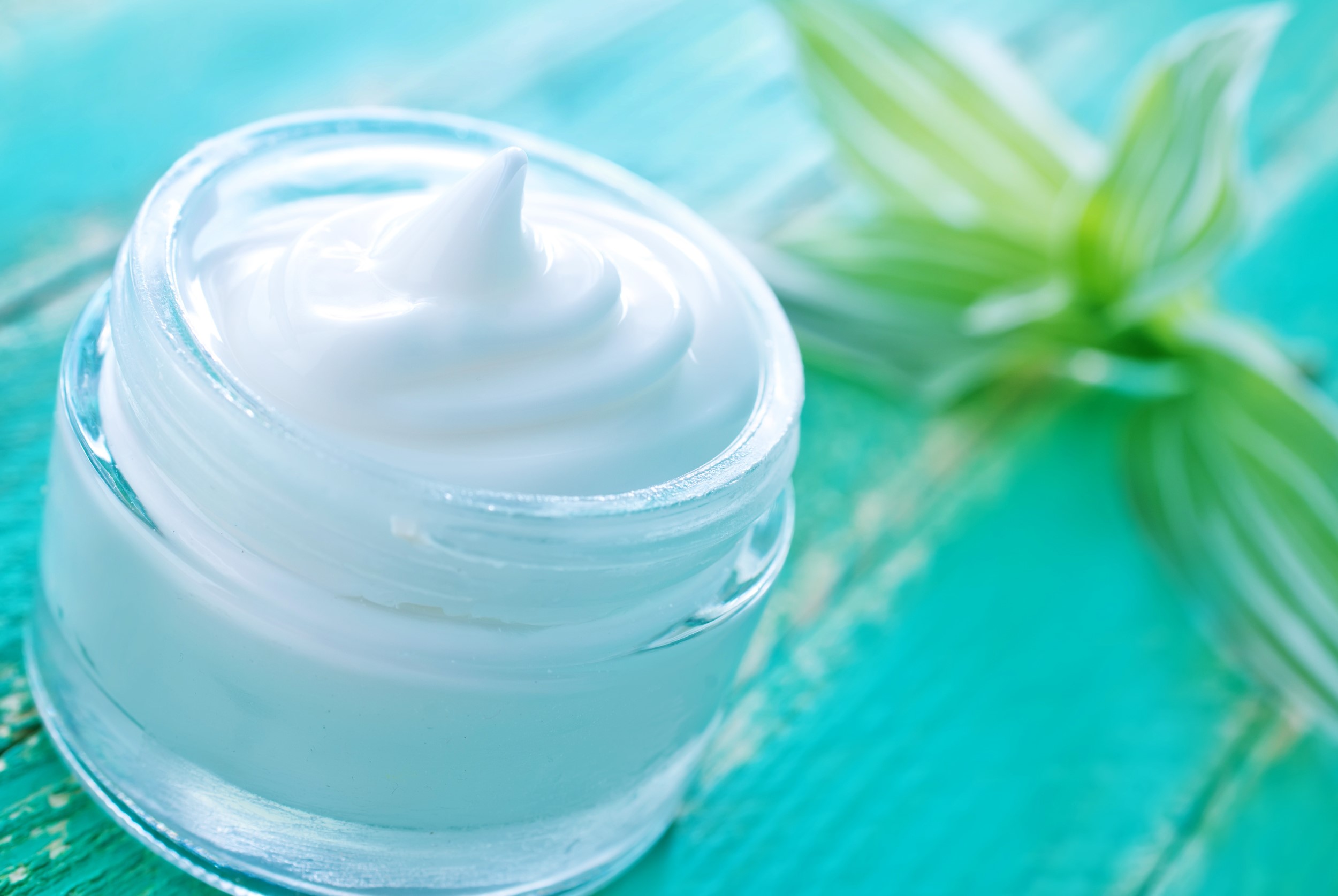30 May What is the Difference Between Physical and Chemical Exfoliation?
Exfoliation is a cornerstone of a comprehensive skincare routine, pivotal in maintaining a radiant and youthful complexion. It involves the removal of dead skin cells from the surface of the skin, a process that not only revitalizes the skin but also enhances its ability to absorb other skincare products effectively. There are two primary methods of exfoliation: physical and chemical, each with its unique approach and benefits.
Physical exfoliation, also known as mechanical exfoliation, utilizes abrasive substances or tools to physically remove dead skin cells. This method can provide immediate results, leaving the skin feeling smoother and more refined. However, it’s crucial to use gentle motions to avoid micro-tears and irritation.
Chemical exfoliation, on the other hand, employs acids or enzymes to dissolve the bonds between skin cells, allowing them to shed naturally. This method can be more suitable for sensitive skin types and provides a deeper level of exfoliation, targeting concerns like hyperpigmentation and acne.
Examples of Physical Exfoliation:
- Sugar Scrubs: Sugar granules are a common ingredient in physical exfoliants. They are gentle on the skin and dissolve easily, reducing the risk of over-exfoliation.
- Salt Scrubs: Salt, with its natural detoxifying properties, can help to draw out impurities while providing exfoliation. It’s particularly beneficial for areas of the body prone to rougher skin, like elbows and feet.
- Facial Brushes: These tools offer a gentle way to exfoliate the skin, boosting circulation and aiding in lymphatic drainage.
- Microdermabrasion: A professional treatment that uses fine crystals or a diamond tip to exfoliate and rejuvenate the skin, promoting the growth of healthy new cells.
- Dermaplaning: Performed by a professional, this method involves a surgical scalpel to gently scrape off the top layer of dulling dead skin cells.
- Jojoba Beads: These are smooth, round wax beads that provide gentle exfoliation without the risk of scratching the skin, making them ideal for sensitive skin types.
- Exfoliating Gloves: Worn on the hands during a shower or bath, these gloves can help to massage and exfoliate the body effectively.
Examples of Chemical Exfoliation:
- Alpha Hydroxy Acids (AHAs): Water-soluble acids like glycolic and lactic acid that work on the surface of the skin to brighten and even out skin tone.
- Beta Hydroxy Acids (BHAs): Oil-soluble acids such as salicylic acid that penetrate deeper into the pores to address acne and oiliness.
- Polyhydroxy Acids (PHAs): Larger molecules that exfoliate the surface of the skin with less irritation, suitable for sensitive skin.
- Enzyme Exfoliants: These use fruit enzymes to gently break down keratin protein in the dead skin cells, offering a milder form of exfoliation.
- Retinoids: Vitamin A derivatives that accelerate cell turnover, improve texture, and can reduce the appearance of fine lines and wrinkles.
- Chemical Peels: Professional treatments that use stronger acids to deeply exfoliate and reveal fresher, younger-looking skin.
- Exfoliating Masks: These masks contain chemical exfoliants and are left on the skin for a period to work their magic, providing a deeper exfoliation.
The choice between physical and chemical exfoliation ultimately depends on your skin type, concerns, and personal preference. While physical exfoliants offer immediate gratification, chemical exfoliants provide a deeper, more long-term solution to skin concerns. It’s essential to listen to your skin and adjust your exfoliation routine accordingly. Over-exfoliation can lead to irritation and compromise the skin’s barrier, so moderation is key.
Incorporating the right exfoliation method into your skincare routine can transform your skin, leaving it smooth, clear, and more receptive to the benefits of your other skincare products. Whether you choose physical or chemical exfoliation, the goal is to achieve a balanced, healthy complexion that exudes natural radiance.
Disclaimer: This article provides general information and should not replace professional medical advice.

